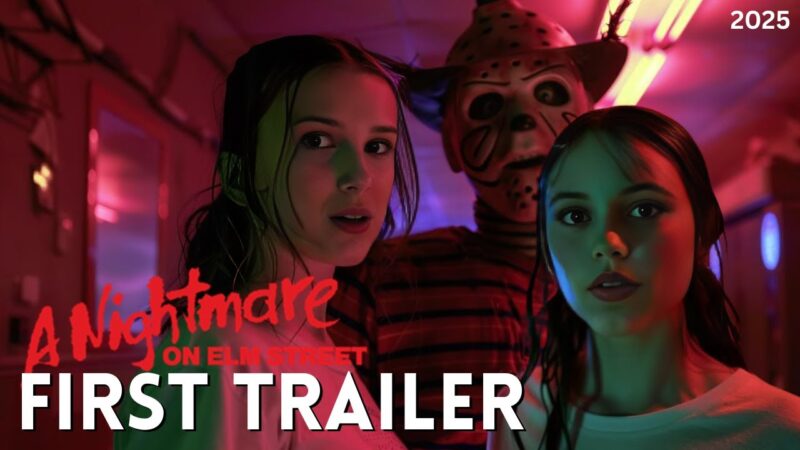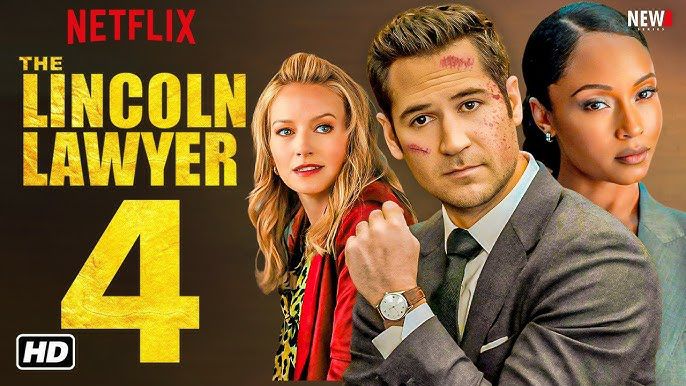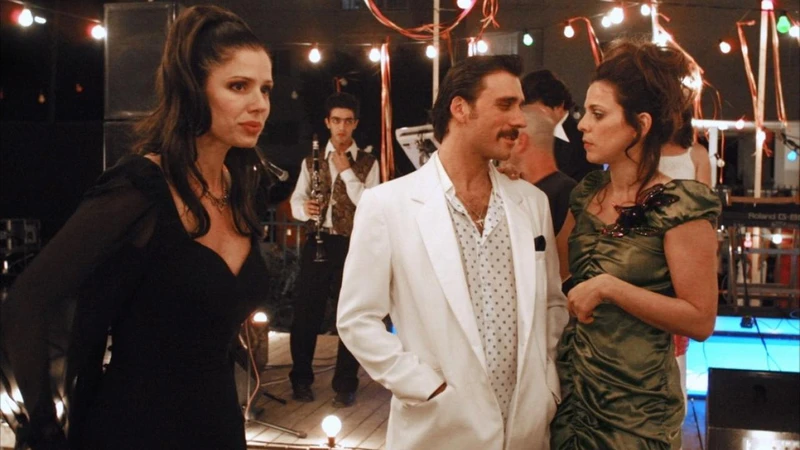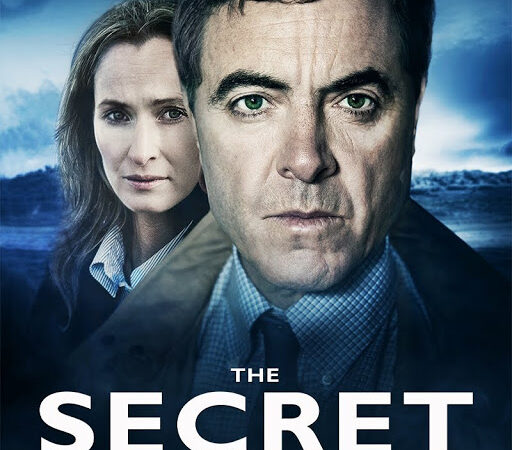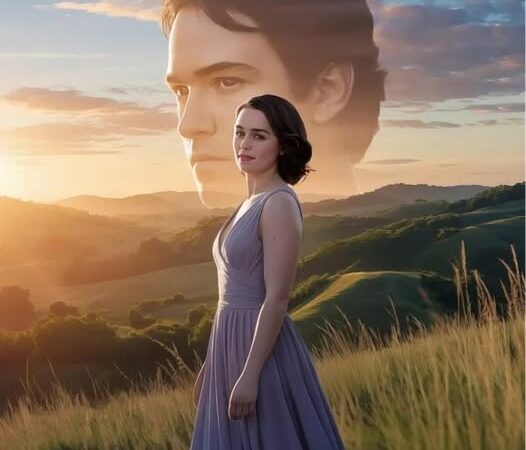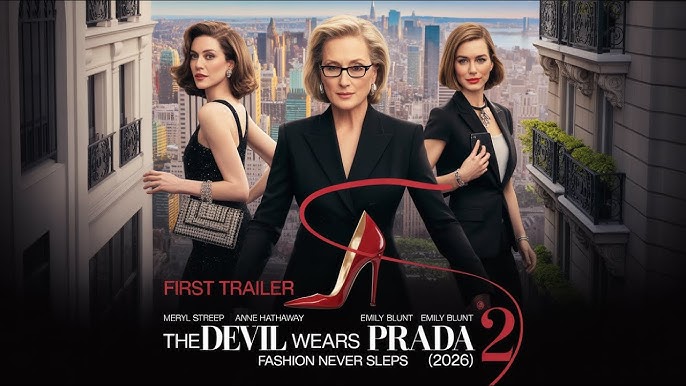📺📺Deathstalker (1983)
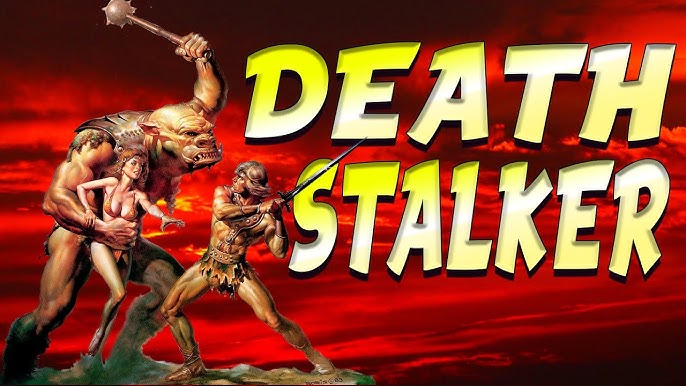
Deathstalker (1983): A Gloriously Trashy Masterpiece of Sword-and-Sorcery Cinema

In the vibrant world of 1980s cinema, when sword-and-sorcery films ruled drive-ins and VHS rentals, Deathstalker (1983) emerged as an icon of unapologetic excess, violence, and no-holds-barred entertainment. Produced by B-movie legend Roger Corman and directed by James Sbardellati (credited as John Watson in some versions), Deathstalker is a blood-soaked, lust-fueled journey that revels in its low-budget roots. With a shoestring budget, the film carved a lasting niche among fans of “trashy” fantasy through its audacity and devil-may-care attitude.
The Plot: A Classic Quest

Deathstalker centers on its titular hero, Deathstalker (Rick Hill), a muscular, long-haired warrior with a swaggering gaze. Tasked with collecting three magical artifacts—a sword, a chalice, and an amulet—to thwart the evil sorcerer Munkar (Bernard Erhard), Deathstalker’s journey is a whirlwind of sword fights, monstrous creatures, and indulgent escapades. The plot is hardly original, borrowing heavily from Conan the Barbarian (1982), but originality isn’t the point. Deathstalker doesn’t aim for sophistication or depth; it delivers a raw, chaotic plunge into a world of sharp blades and primal thrills.
Along the way, Deathstalker encounters a colorful cast of characters, from seductive damsels to rival warriors. Among them is Princess Codille, played by former Playboy Playmate Barbi Benton. Though her screen time is brief, Benton’s Codille is both alluring and enigmatic, perfectly in tune with the film’s exploitative flair. Her role, while minor, leaves an indelible mark, adding to Deathstalker’s appeal for its original audience.
Style and Production: Cheap but Passionate

Filmed primarily in Argentina to cut costs, Deathstalker epitomizes the B-movie ethos. Crude special effects, minimal sets (mostly forests and caves), and bargain-bin costumes betray its limited budget. Yet, this roughness is part of its charm. Roger Corman, a master of turning constraints into opportunities, encouraged the filmmakers to lean into the spectacle: brutal violence, bold nudity, and over-the-top swordplay that’s more theatrical than serious.
The score by Alejandro Rivas and Oscar Ocampo, while not memorable, provides a fittingly generic fantasy backdrop for the action. The acting, particularly Rick Hill’s, isn’t exactly award-worthy, but the cast’s enthusiasm compensates. They seem fully aware they’re in a project that doesn’t take itself seriously, which keeps the film’s tone gleefully irreverent.
Barbi Benton and the Exploitation Factor
One of Deathstalker’s biggest draws is Barbi Benton’s turn as Princess Codille. With her bombshell looks and Playboy pedigree, Benton was cast to amplify the film’s visual allure. Her role, though small, plays a key part in reinforcing the movie’s exploitation aesthetic. Codille isn’t just a damsel in distress; she exudes seduction and a hint of mystery, captivating viewers in her limited scenes.
Benton’s casting was a classic Corman move: leveraging a star’s physical appeal to draw crowds, regardless of screen time. It worked. Her presence not only heightened the film’s marketability but also cemented Deathstalker as a hallmark of 1980s fantasy, where sensuality and savagery went hand in hand.
Legacy and Impact

Released on September 16, 1983, Deathstalker quickly found its audience among cult film enthusiasts. Critics panned its disjointed plot and low production values, but VHS renters embraced its brazenness and pure entertainment value. The film spawned three sequels (Deathstalker II in 1987, Deathstalker III in 1988, and Deathstalker IV in 1991), though none matched the original’s notoriety.
Culturally, Deathstalker is a product of its time, riding the sword-and-sorcery wave sparked by Conan the Barbarian. It represents the genre’s wilder, more libertine side, where moral codes were tossed aside for primal instincts. Today, it’s celebrated as a cult classic, frequently featured in lists of the decade’s most outrageous fantasy films.
Conclusion
Deathstalker isn’t for everyone. It doesn’t aspire to win awards or tell a profound story. Instead, it delivers exactly what 1980s VHS audiences craved: blood, lust, and unfiltered adventure. With Roger Corman’s savvy production, Rick Hill’s earnest swagger, and Barbi Benton’s magnetic presence, Deathstalker is a rough gem in the B-movie crown. For those who cherish the chaotic, unpolished beauty of 1980s cinema, it’s a journey well worth taking.
